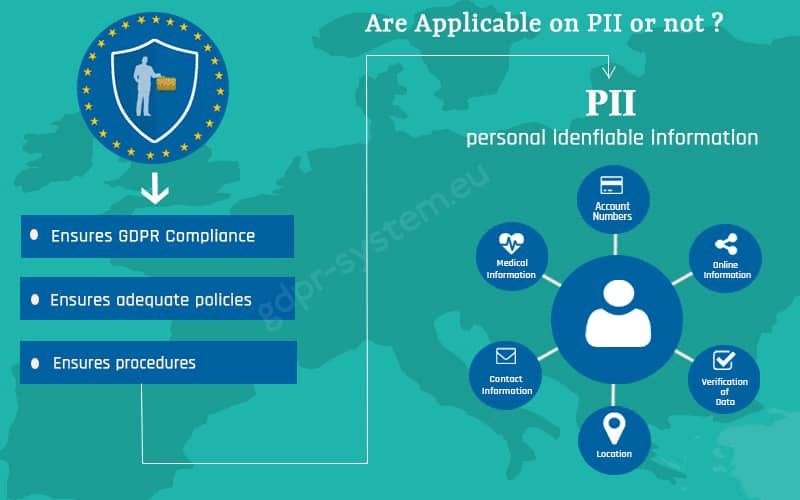Understanding the Art of Conquering Data Collection Limitations in Google Analytics for Better Decision-Making
In the world of digital analytics, the capacity to remove significant understandings from data is paramount for informed decision-making. Google Analytics stands as an effective device for services seeking to understand user actions, track conversions, and enhance their on-line existence. Nevertheless, information collection constraints within this system can hinder the precision and depth of the information collected. To truly harness the possibility of Google Analytics for tactical decision-making, mastering the art of getting rid of these constraints is important. By using sophisticated techniques and critical techniques, organizations can elevate their data top quality, unlock hidden insights, and pave the method for more efficient and enlightened decisions.
Information Top Quality Assessment
Assessing the top quality of information within Google Analytics is an essential action in guaranteeing the dependability and precision of understandings originated from the accumulated information. Information high quality evaluation includes assessing different elements such as precision, efficiency, consistency, and timeliness of the data. One crucial aspect to take into consideration is data accuracy, which refers to exactly how well the information reflects truth worths of the metrics being determined. Unreliable information can result in damaged verdicts and illinformed business choices.
Efficiency of data is another essential consider examining data top quality. It includes making certain that all needed information points are collected which there are no spaces in the information. Incomplete information can skew analysis outcomes and prevent the capacity to obtain a detailed view of customer actions or web site efficiency. Uniformity checks are additionally crucial in information quality assessment to determine any kind of discrepancies or abnormalities within the information set. Timeliness is similarly vital, as outdated information may no more matter for decision-making procedures. By prioritizing data top quality assessment in Google Analytics, businesses can boost the reliability of their analytics reports and make even more educated decisions based upon accurate understandings.
Advanced Monitoring Techniques
Utilizing advanced tracking strategies in Google Analytics can considerably improve the depth and granularity of information collected for more comprehensive analysis and insights. One such method is occasion tracking, which allows for the monitoring of certain communications on a website, like click buttons, downloads of files, or video clip sights. By implementing occasion monitoring, businesses can acquire a much deeper understanding of customer actions and interaction with their online content.
Additionally, customized measurements and metrics offer a way to tailor Google Analytics to details organization requirements. Personalized dimensions enable for the production of new information factors, such as user functions or customer sections, while personalized metrics enable the monitoring of special efficiency indicators, like income per user or average order value.
Moreover, the utilization of Google Tag Supervisor can improve the execution of monitoring codes and tags throughout a site, making it much easier to manage and deploy innovative monitoring configurations. By using these advanced tracking techniques, services can unlock valuable understandings and maximize their online techniques for far better decision-making.
Custom-made Measurement Implementation
To enhance the depth of data accumulated in Google Analytics beyond advanced tracking strategies like event tracking, services can apply custom dimensions for even more tailored understandings. Customized dimensions allow services to specify and accumulate specific data points that pertain to their special objectives and purposes (What Data Does Google Analytics Prohibit Collecting?). By designating personalized dimensions to different components on an internet site, such as individual communications, demographics, or session details, organizations can obtain a much more granular understanding of how users involve with their online residential properties

Acknowledgment Modeling Approaches
By using the ideal acknowledgment version, organizations can properly connect conversions to the suitable touchpoints along the consumer journey. One usual attribution model is the Last Communication design, which offers credit history for a conversion to the last touchpoint a customer communicated with prior to transforming.

Information Testing Evasion
When taking care of large quantities of data in Google Analytics, conquering data sampling is necessary to ensure exact understandings are derived for notified decision-making. Data tasting occurs when Google Analytics estimates patterns in information instead of analyzing the complete dataset, potentially causing skewed results. To stay clear of information tasting, one efficient approach is to decrease the date array being examined. By focusing on much shorter timespan, the likelihood of running into tasted information decreases, supplying a more specific representation of individual actions. Additionally, using Google Analytics 360, the premium version of the platform, can help minimize sampling as it permits greater data thresholds prior to sampling kicks in. Carrying out filters to narrow down the information being assessed can likewise help in preventing tasting issues. By taking these aggressive steps to decrease data tasting, services can draw out more exact understandings from Google Analytics, leading to far better decision-making and boosted total performance.
Conclusion
In conclusion, grasping the art of getting over information collection restrictions in Google Analytics is critical for making informed choices. By carrying out a comprehensive information top quality assessment, carrying out advanced monitoring methods, utilizing custom dimensions, using acknowledgment modeling methods, and avoiding information sampling, organizations can ensure that they have accurate and dependable information to base their decisions on. This will ultimately result in much more effective techniques and much better outcomes for the organization.
